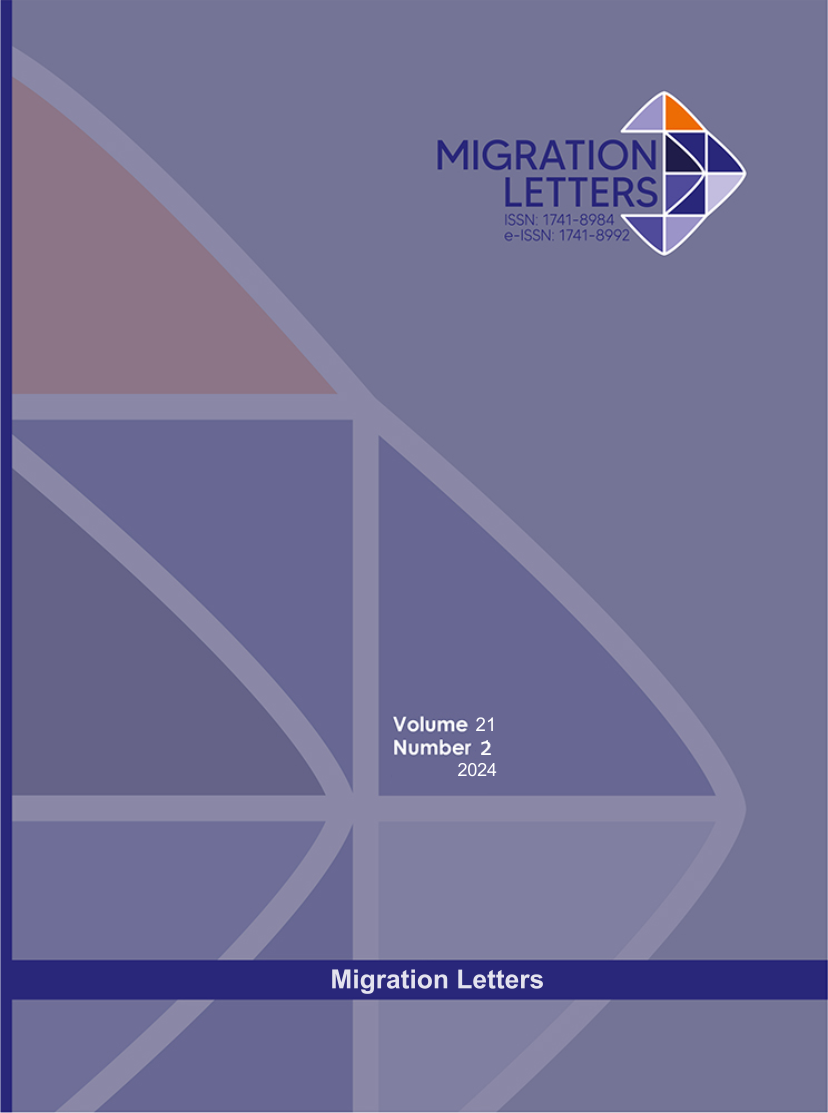Interests and Cultural Values of the Central-South Peoples of Lombok Island: A Mental-Representation Study of the Meaning of Toponyms in Southern Indonesia
DOI:
https://doi.org/10.59670/ml.v21i2.6177Abstract
Man cannot escape toponyms. Toponyms are essential in human life, including personal and place names. The region's name is closely related. Man cannot escape toponyms. Toponyms have a crucial role in human life, unique names and place names. The region's name is closely associated with the history, geographical conditions, socio-cultural conditions, religion, and traditions developed within the area. Toponyms also contain meaning. The meaning of toponyms can express the interests and values espoused by its people. This article aims to describe the meaning of futuristic toponyms in the central-south region of Lombok Island. This study used a qualitative descriptive method. Data are obtained from primary sources (informants) and secondary sources (scientific journals, organizational archives, government publications, information from organizations, previous survey results and library records). Data were collected by interview method. The data analysis technique used is semantic. Data were obtained from 139 toponyms in the south-central region of Lombok Island. Of these, 38 toponyms were selected for analysis. The selection of toponyms is based on a semantic procedure: toponyms that can be interpreted using words. The results showed that semantically, futuristic toponyms in Central Lombok Regency were dominated by interest in an expressive future (15 toponyms), followed by a peaceful future (10 toponyms), a socio-political future (10 toponyms), and a real future (3 toponyms). This research provides a deeper understanding of the meaning of futuristic toponyms in Central Lombok Regency and their contribution to local communities' identity and future vision. Thus, this article contributes significantly to understanding the relationship between toponymic linguistics and futuristic thinking in the cultural and geographical context of the region.
Metrics
Downloads
Published
How to Cite
Issue
Section
License

This work is licensed under a Creative Commons Attribution-NonCommercial-NoDerivatives 4.0 International License.
CC Attribution-NonCommercial-NoDerivatives 4.0






